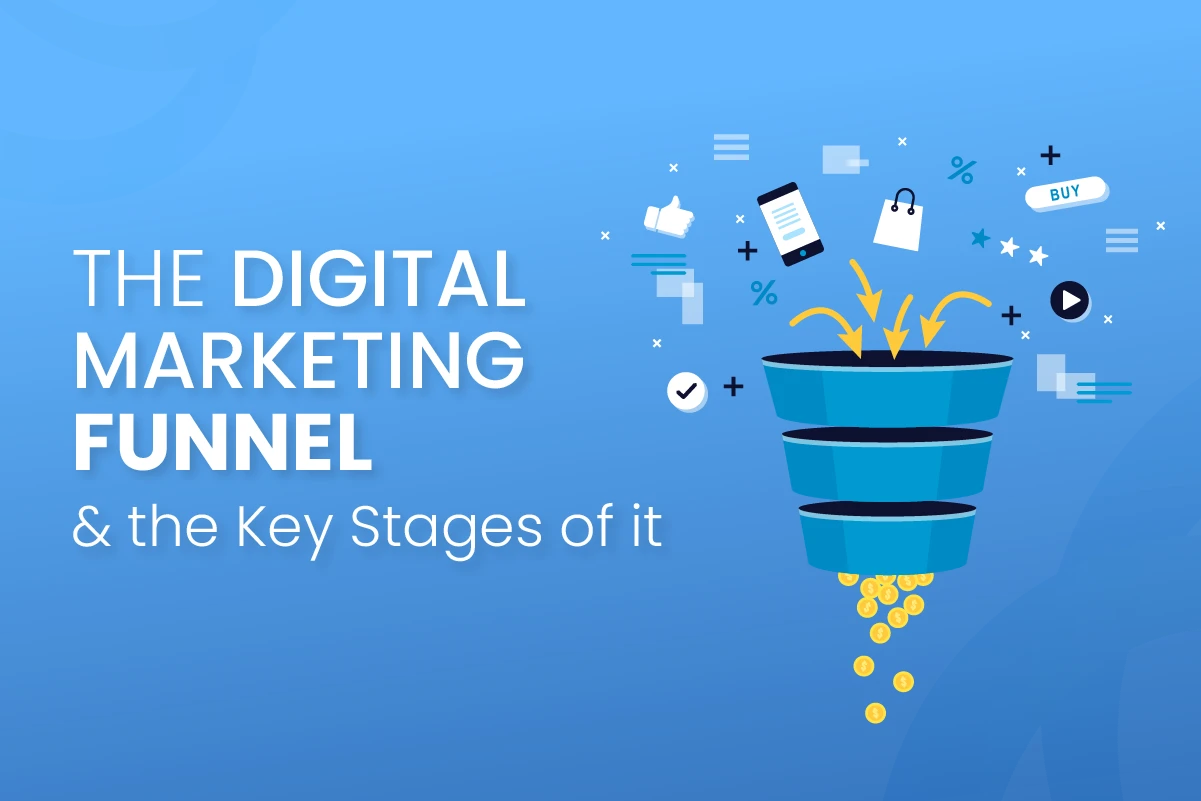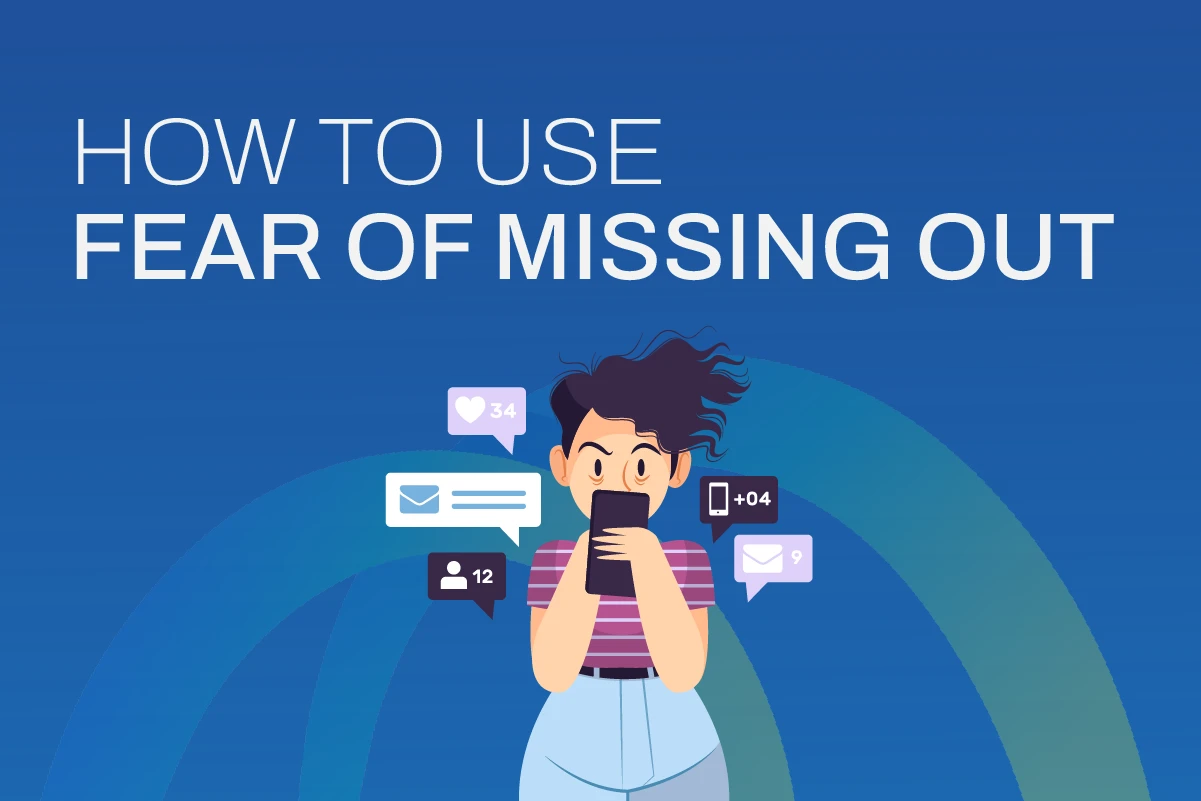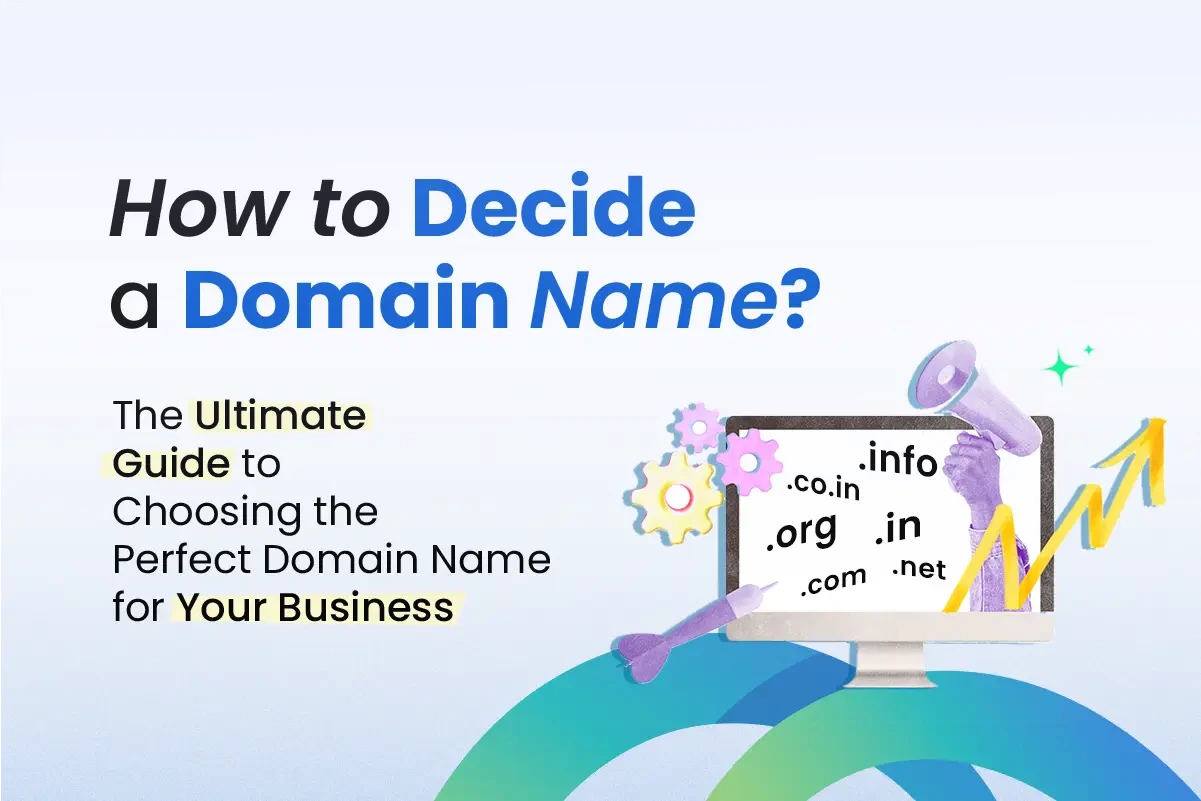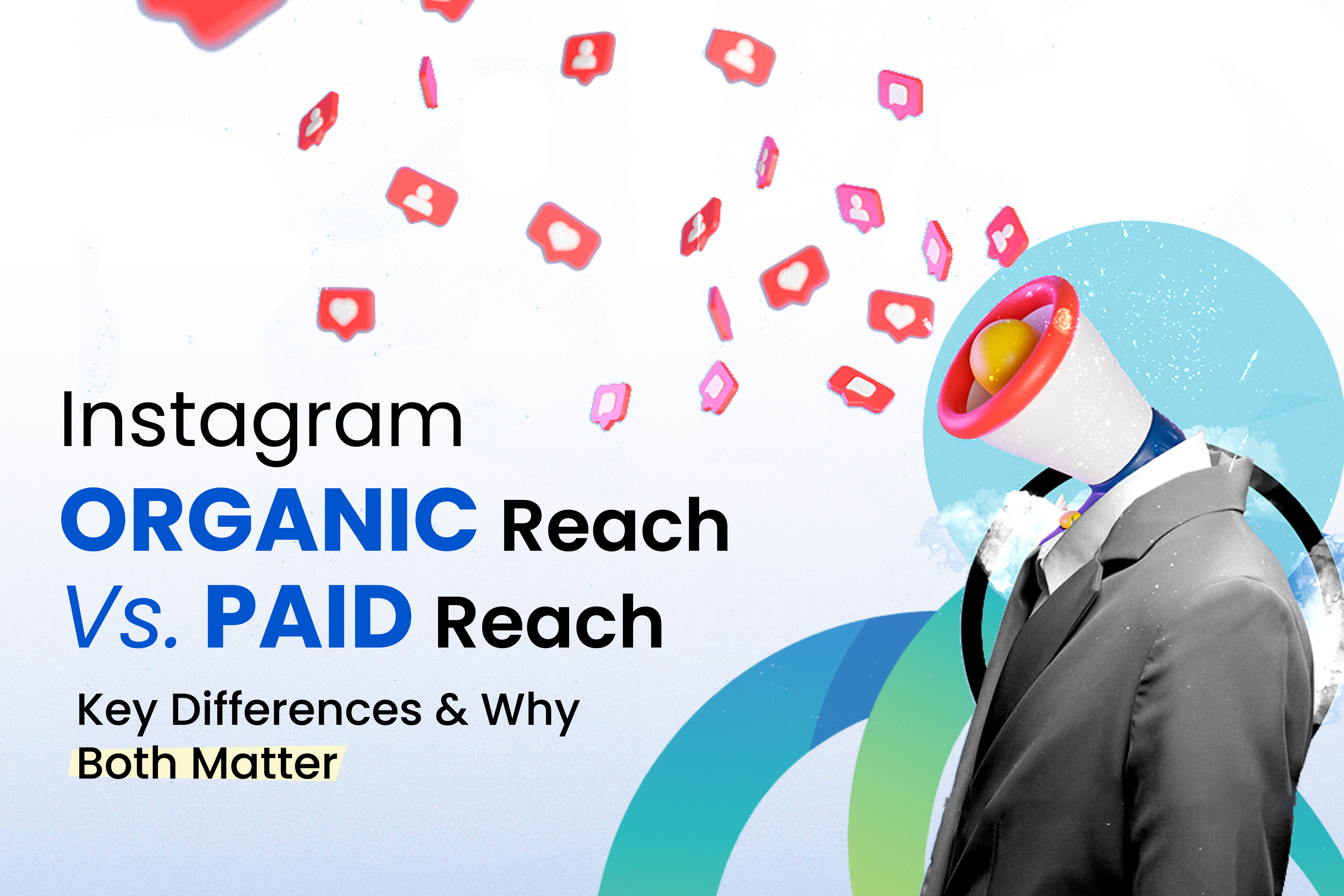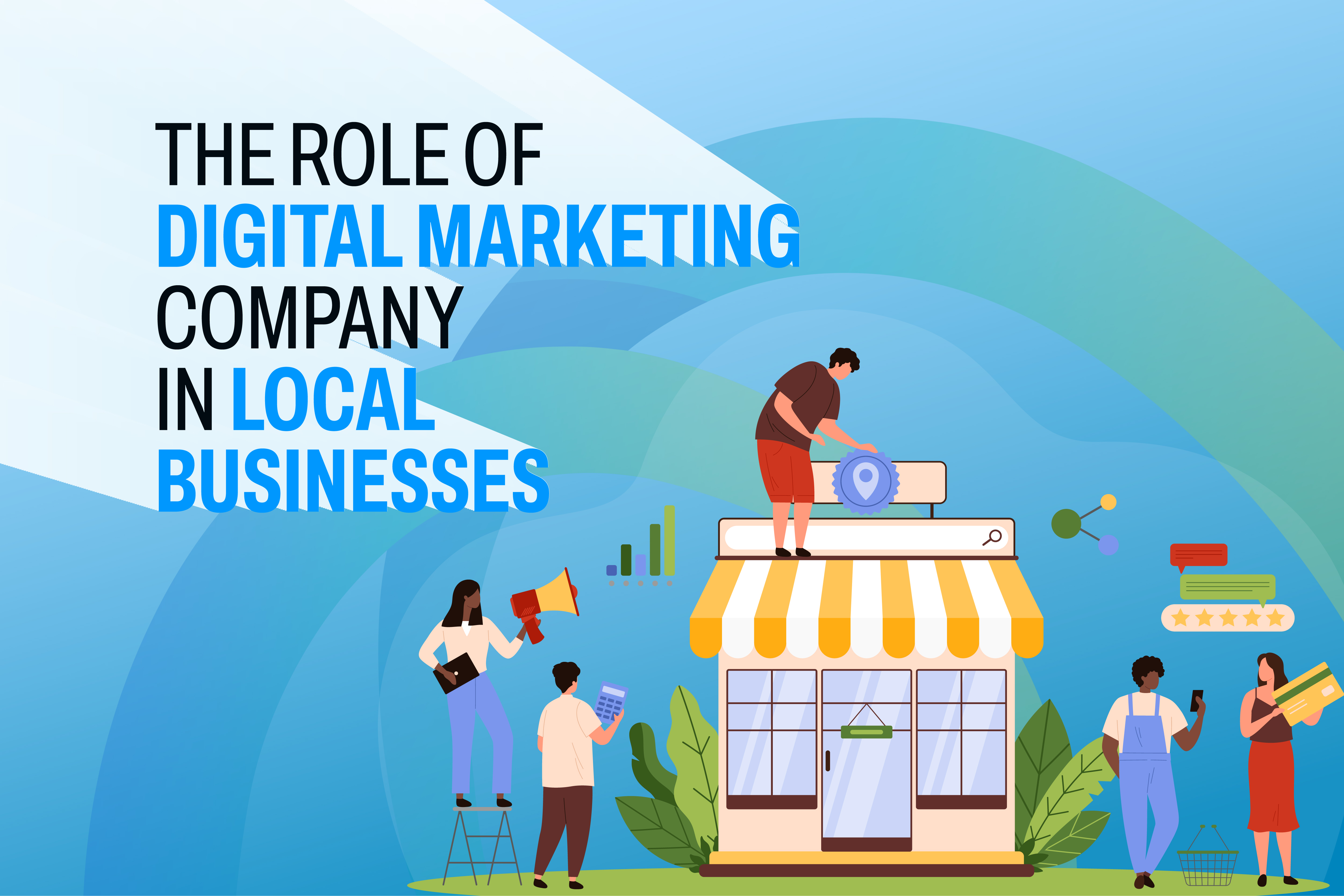Did you know that nearly 70% of online shopping carts are abandoned before checkout? According to a 2023 study by the Baymard Institute, this staggering trend highlights a critical challenge for businesses—but it also reveals a massive opportunity. The secret to turning these lost opportunities into loyal customers lies in the digital marketing funnel, a strategic framework that guides potential buyers from their first interaction with your brand all the way to becoming repeat promoters. Ready to learn how to master this funnel and transform your marketing results? Let’s dive in.
What is a Digital Marketing Funnel?
A digital marketing funnel is a visual representation of the journey a customer takes, from the moment they first become aware of your brand to the point where they make a purchase and beyond. The funnel is divided into several stages, each with its own goals and strategies. The concept is called a “funnel” because, at each stage, the number of potential customers narrows as some drop off while others move closer to conversion.
The digital marketing funnel is not just a linear process; it’s a dynamic framework that asks for continuous optimization and adaptation. By understanding each stage, you can create targeted strategies that guide your audience seamlessly from awareness to advocacy.
The key stages of the digital marketing funnel are:
- Awareness
- Consideration
- Conversion
- Retention
- Advocacy
Let’s look closer into each of the stages and see how you can journey through them effectively.
1. Awareness Stage: Attracting Your Audience
The awareness stage is the top of the funnel (TOFU), where your goal is to attract potential customers and make them aware of your brand, product, or service. At this stage, your audience may not even realize they have a problem yet, so your focus should be on educating them and capturing their attention.
Key Goals:
- Increase brand visibility.
- Generate interest in your offerings.
- Build trust and credibility.
Strategies for the Awareness Stage:
- Content Marketing: Create blog posts, videos, infographics, and social media content that address common pain points or questions in your industry. For example, a blog titled “10 Signs You Need a Better Marketing Strategy” can attract business owners looking for solutions.
- SEO (Search Engine Optimization): Optimize your website and content for search engines to attract organic traffic. Use keywords that your target audience is searching for.
- Social Media Marketing: Share engaging content on platforms like Instagram, LinkedIn, and YouTube to reach a wider audience.
- Paid Advertising: Use pay-per-click (PPC) ads, display ads, or social media ads to focus on certain demographics and bring in traffic to your website.
- Influencer Marketing: Collaborate with influencers in your niche to grow your reach and create credibility.
Pro Tip: Use analytics tools to track which channels are driving the most traffic and engagement. This will help you double down on what’s working and refine your strategy for better results.
Example:
A fitness brand might create a YouTube video titled “5 Beginner-Friendly Workouts to Try at Home” to attract people who are just starting their fitness journey.
2. Consideration Stage: Educating and Engaging Your Audience
Once potential customers are aware of your brand, they move into the consideration stage (middle of the funnel or MOFU). Here, they are actively researching solutions to their problem and evaluating different options. Your aim is to place your product or service as the best option in the market.
Key Goals:
- Build trust and authority.
- Highlight the benefits of your offerings.
- Differentiate yourself from competitors.
Strategies for the Consideration Stage:
- Comparison Content: Create blog posts, videos, or guides that compare your product to competitors, such as “Product A vs. Product B: Which is Better for [Specific Need]?”
- Case Studies and Testimonials: Showcase success stories from satisfied customers to demonstrate the value of your product or service.
- Email Marketing: Send targeted emails with educational content, such as tips, how-to guides, or product demos.
- Webinars and Live Demos: Host live events to showcase your product in action and answer questions in real-time.
- Retargeting Ads: Use retargeting campaigns to re-engage visitors who have shown interest but haven’t converted yet.
Pro Tip: Personalize your messaging during this stage. Use data to divide your audience and deliver content that speaks directly to their needs and preferences.
Example:
A SaaS company might publish a case study titled “How Company X Increased Sales by 30% Using Our Software” to convince potential customers of its effectiveness.
3. Conversion Stage: Turning Leads into Customers
The conversion stage is the bottom of the funnel (BOFU), where your goal is to turn leads into paying customers. At this stage, your audience is ready to make a decision, so your focus should be on removing any barriers to purchase and providing a smooth and easy experience.
Key Goals:
- Drive sales and conversions.
- Simplify the buying process.
- Build confidence in your brand.
Strategies for the Conversion Stage:
- Clear Calls-to-Action (CTAs): Use convincing CTAs like “Buy Now,” “Start Your Free Trial,” or “Get a Quote” to guide users toward conversion.
- Landing Pages: Create optimized landing pages with persuasive copy, testimonials, and a clear value proposition.
- Discounts and Offers: Provide limited-time discounts, free trials, or bonuses to incentivize purchases.
- Live Chat Support: Offer real-time assistance to address any last-minute concerns or questions.
- Simplified Checkout Process: Reduce friction by minimizing the number of steps required to complete a purchase.
Pro Tip: Use A/B testing to experiment with different CTAs, landing page designs, and offers to determine what connects best with your audience.
Example:
An e-commerce store might offer a 10% discount for first-time buyers and use a one-click checkout process to make purchasing as easy as possible. Additionally, they could include trust signals like customer reviews, secure payment badges, and a money-back guarantee to reduce hesitation and push conversions.
4. Retention Stage: Keeping Customers Engaged
The customer journey doesn’t end after a purchase. The retention stage focuses on keeping customers engaged and encouraging repeat business. Retaining customers is often more cost-effective than acquiring new ones, so this stage is important for long-term success.
Key Goals:
- Build customer loyalty.
- Push for repeat purchases.
- Increase customer lifetime value.
Strategies for the Retention Stage:
- Email Nurturing: Send personalized emails with product tips, exclusive offers, and updates to keep customers engaged.
- Loyalty Programs: Reward customers who come back with points, discounts, or exclusive perks.
- Customer Support: Provide excellent post-purchase support to resolve issues and build trust.
- Upselling and Cross-Selling: Recommend complementary products or premium versions of what they’ve already purchased.
- Feedback Collection: Ask for feedback to improve your offerings and show customers that their opinions matter.
Pro Tip: Use customer relationship management (CRM) tools to track customer interactions and customize your retention strategies based on their behavior and preferences.
Example:
A subscription box company might send a follow-up email asking customers how they enjoyed their first box and offering a discount on their next purchase. They could also include a personalized recommendation for additional products based on the customer’s preferences.
5. Advocacy Stage: Turning Customers into Brand Advocates
The final stage of the funnel is advocacy, where satisfied customers become loyal advocates for your brand. These customers not only make repeat purchases but also refer others to your business, helping you grow organically.
Key Goals:
- Encourage word-of-mouth marketing.
- Build a community of loyal customers.
- Increase brand reach through referrals.
Strategies for the Advocacy Stage:
- Referral Programs: Offer incentives for customers who refer friends or family to your business.
- User-Generated Content: Encourage customers to share their experiences on social media and tag your brand.
- Testimonials and Reviews: Ask happy customers to leave reviews or provide testimonials that you can showcase on your website.
- Exclusive Perks: Reward loyal customers with early access to new products, VIP events, or special discounts.
- Community Building: Create online communities (e.g., Facebook groups or forums) where customers can connect and share their experiences.
Pro Tip: Highlight your advocates’ stories on your website and social media. This not only rewards them but also inspires others to become advocates.
Example:
A skincare brand might launch a campaign encouraging customers to post before-and-after photos using their products, with a chance to win a prize. They could also create a hashtag (e.g., #MySkincareJourney) to build a sense of community and encourage user-generated content.
The Digital Approach to the Marketing Funnel
While the traditional marketing funnel (AIDA model—Awareness, Interest, Desire, Action) is still relevant, the digital marketing funnel has evolved to include additional stages and pathways. This modern approach focuses on qualifying and segmenting leads into multiple funnels, each customized to specific customer types.
Key Differences Between Traditional and Digital Marketing Funnels:
- Traditional Funnel: Linear and straightforward, with customers moving from one stage to the next in a fixed sequence.
- Digital Funnel: Resembles an hourglass, with multiple pathways branching off to accommodate different customer journeys. It’s more dynamic and personalized, making sure that marketing and sales teams deliver consistent messaging.
Why the Digital Funnel Matters:
The digital marketing funnel reduces customer turnover by focusing on leads with the highest potential to convert. It also saves time and resources by filtering out unqualified leads early in the process. By personalizing the funnel, businesses can improve their bottom line and build stronger customer relationships.
Marketing Funnel for B2B vs. B2C
The digital marketing funnel works differently for B2B (business-to-business) and B2C (business-to-consumer) companies. Here’s how:
B2B Marketing Funnel:
- Complex Decision-Making: Multiple stakeholders (e.g., CEOs, managers, accountants) are involved in the buying process.
- Longer Sales Cycle: B2B purchases often require more time and deliberation.
- Strategies:
1. Create content that appeals to different decision-makers (e.g., case studies for CEOs, ROI calculators for accountants)
2. Use account-based marketing (ABM) to target specific companies with personalized campaigns.
3. Focus on building trust through thought leadership and industry expertise.
B2C Marketing Funnel:
- Simpler Decision-Making: The individual is both the point of contact and the decision-maker.
- Shorter Sales Cycle: B2C purchases are often impulsive or emotion-driven.
- Strategies:
1. Create separate funnels for different demographics or user personas.
2. Use emotional appeals and urgency (e.g., limited-time offers) to drive conversions.
3. Leverage social proof (e.g., reviews, testimonials) to build trust quickly.
Click Funnel Marketing: A Faster Approach
A click funnel is a streamlined version of the traditional marketing funnel. It’s designed to move leads through the funnel quickly, often in a single session. Here’s how it works:
- Ad: A user sees an ad on social media or a search engine.
- Landing Page: The user clicks on the ad and lands on a page with more information about the product or service.
- Call-to-Action (CTA): The user is prompted to take a specific action, such as subscribing to a list or making a purchase.
Example:
An e-commerce brand runs a Facebook ad for a new product. The ad leads to a landing page with a compelling CTA: “Get 50% Off Your First Order Today Only!” The user clicks, makes a purchase, and becomes a customer—all in one session.
Content Marketing Funnel: Customizing Content to Each Stage
Content marketing is the backbone of the digital marketing funnel. Each stage requires specific types of content to guide the customer journey effectively. Here’s a breakdown:
1. Exposure (Awareness Stage):
- Goal: Attract as much traffic as possible.
- Content Types:
1. Blog posts targeting high-volume keywords (e.g., “Top 10 Fitness Tips for Beginners”).
2. Educational videos and infographics.
3. Paid ads and SEO-optimized content.
2. Discovery (Interest Stage):
- Goal: Turn visitors into leads.
- Content Types:
1. Lead magnets (e.g., free e-books, checklists, or templates).
2. Webinars or live Q&A sessions.
3. Email opt-in forms with compelling offers.
3. Consideration (Evaluation Stage):
- Goal: Help leads evaluate your product or service.
- Content Types:
1. Comparison guides (e.g., “Product A vs. Product B: Which is Right for You?”).
2. Case studies and testimonials.
3. FAQs and product demos.
4. Conversion (Decision Stage):
- Goal: Drive purchases.
- Content Types:
1. Free trials or discounts.
2. Personalized email campaigns.
3. High-converting landing pages with strong CTAs.
5. Customer Relationship (Retention Stage):
- Goal: Build long-term relationships.
- Content Types:
1. Drip email campaigns with tips and tutorials.
2. Exclusive content (e.g., early access to new products).
3. Surveys and feedback forms.
6. Retention (Advocacy Stage):
- Goal: Turn customers into brand advocates.
- Content Types:
1. Referral programs with rewards.
2. User-generated content campaigns (e.g., “Share Your Story”).
3. Loyalty programs and VIP perks.
Why Is a Digital Marketing Funnel So Important?
A well-structured digital marketing funnel offers several benefits:
- Better Segmentation: Customize your marketing actions to specific audiences, guaranteeing that your messages connect at every stage of the buyer’s journey.
- Efficient Lead Generation: Deliver more qualified leads to your sales team, making the conversion process smoother.
- Increased Productivity: Focus your team’s efforts on creating the right content at the right time, reducing wasted resources.
- Improved ROI: By targeting the right audience with the right content, you’ll see higher returns on your marketing investments.
Example:
A company that creates an ebook for the awareness stage but promotes it to leads in the consideration stage will see poor results. The funnel makes sure that each piece of content agrees with the customer’s current needs and level of understanding.

How to Create an Effective Digital Marketing Funnel
Creating a high-converting digital marketing funnel involves the following steps:
1. Define Your Goals:
- What do you want to achieve? (e.g., increase sales, improve ROI, boost brand awareness).
- Set measurable objectives (e.g., “Generate 500 leads per month”).
2. Map Out the Funnel Stages:
- Identify the key stages of your customer journey.
- Define the actions and content needed at each stage.
3. Create Targeted Content:
- Develop content that goes along with the needs and interests of your audience at each stage.
- Use analytics to refine your content strategy over time.
4. Implement Automation Tools:
- Use tools like email marketing platforms, CRM systems, and retargeting software to streamline your efforts.
- Automate repetitive tasks (e.g., sending follow-up emails) to save time.
5. Measure and Optimize:
- Track key metrics (e.g., conversion rates, customer lifetime value).
- Regularly audit your funnel to identify and fix bottlenecks.
Final Thoughts
The digital marketing funnel is a powerful framework for understanding and guiding the customer journey. By focusing on the key stages—awareness, consideration, conversion, retention, and advocacy—you can create a balanced strategy that attracts, engages, and retains customers. Remember, the funnel is not a one-size-fits-all model; it requires continuous optimization and adaptation to meet the evolving needs of your audience. With the right strategies in place, you can navigate the funnel effectively and drive long-term success for your business.
By implementing these insights and strategies, you’ll be well-equipped to guide your audience through the digital marketing funnel and turn them into loyal, lifelong customers. Happy marketing!

